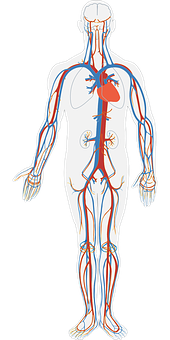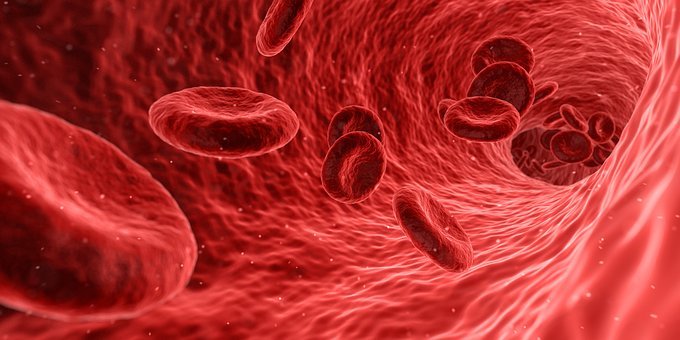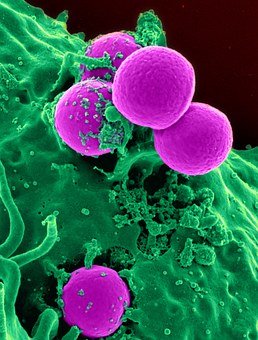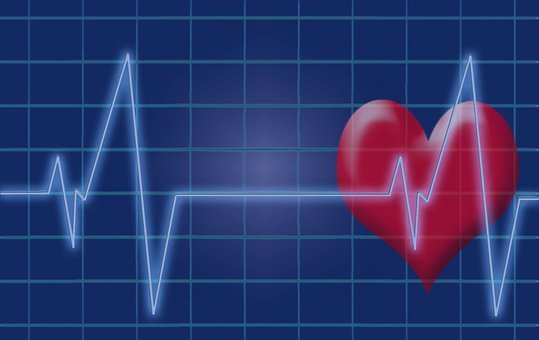BLOOD :
HOW MUCH DO YOU KNOW ABOUT YOUR BLOOD?!
What is Blood?

Basically, anyone would say blood is a red-coloured fluid that gushes out of your body when you have a cut or bleed on any part of your body. It is known to be a key player in the circulatory system.
But on a standard and more complex note,
Blood is a fluid found in the body of vertebrates and other invertebrates circulatory system that is pumped by the heart and circulated throughout the body cells, tissues and systems by passing through veins, arteries and capillaries carrying oxygen and nutrients to body cells, removing carbon(iv)oxide and waste products from body cells and tissues and then transporting hormones and other substances needed by the body for functions such as metabolism, growth, and protection of body from foreign particles (such as pathogens).
And I must say, that’s a lot of grammar!

Now, back to knowing more about blood,
HEMATOLOGY is the branch of medicine that deals with the study of (anything about) blood.
The components of blood
Blood is situated or classified as a tissue in cell organization level. Therefore, it must consist of cells.
The blood contains,
• The red blood cells, RBC or Erythrocytes

• The white blood cells, WBC or Leukocytes
• The platelets or Thrombocytes
all contained in a yellow liquid called
• Blood plasma
¬¬_**When blood is centrifuged, the tube shows,
• A yellow liquid (blood plasma) at the top which is about 55% of the entire volume and contains water, nutrients, proteins, hormones and the likes.
• A thin with layer with buffy coat
And,
• A red liquid (RBC) at the bottom of the tube.
All the various cells of blood are made in the bone marrow in a process called HEMATOPOESIS.
** The formation of Erythrocytes is known as ERYTHROPOESIS while that of Leukocytes and Thrombocyte is known as MYELOPOESIS.**
During childhood, almost every human bone produces red blood cells. But in Adults, RBC production is limited to larger bones.
The proteinaceous components of blood are produced predominantly by endocrine glands and the watery fraction is regulated by the hypothalamus and maintained by the kidney.
The pigment found in blood is known as HEMOCHROME and is largely due to the protein in the blood responsible for oxygen transport. These proteins differ depending on the organism involved.
The colours described after the pigments refer to the colours of the pigment when oxygenated and deoxygenated.
• Hemoglobin in vertebrates
Bright red to Dark red
• Hemocyanin in most molluscs such as crabs
Dark blue to Colourless
• Chlorocruorin in most annelids (round worms)
Violet-pink to Colourless
• **Hemerythrin **
¬¬¬Green to Red¬
Functions of the blood
The main functions of the blood include Transportation, Protection and Regulation through veins, arteries and capillaries.
- The RBC supplies oxygen and remove carbon(iv)oxide to and from cells and tissues in the body.
- The blood helps to circulate essential nutrients (mostly the simple form of biomolecules, proteins) needed by body cells.
https://cdn.pixabay.com/photo/2014/04/03/11/08/human-body-311864__340.png
- The WBC act as or produce antibodies that defend the body system from infection and attack by pathogens (antigens).

- The platelets in the blood allow the blood to clot during bleeding to reduce loss of blood and reduce the risk of getting infections from the cut. The platelets also resist and destroy bacteria.
- The blood participates in homeostasis regulating the pH, sodium and calcium ion concentration and glucose concentration in the body.
Disorders or Diseases of the blood
- Anaemia – insufficient red blood cells
Sickle cell anaemia - Leukemia – cancer of blood forming cells and tissues
- Hemophilia- dysfunction in blood clotting mechanism
- Bacterial or viral infections such as malaria, HIV.
Care and treatment of the blood

I’m pretty sure this heading would leave you wondering, is there a care for one’s blood?
The garbage in and garbage out function carried out by the blood when it circulate oxygen and nutrients, battle with pathogens and remove waste products from various body cells determines the health condition of the organism concerned.
Since the blood functions day and night year-round, keeping its nature at standard should be of high priority.
- Take balanced diet and avoid introducing harmful substances into the body system.

- Donation of blood

This helps to reduce blood pressure, glucose level, heart disease risk and prevent the accumulation of waste and iron overload in the body system.
Stem cell transplantation
Stem cells are cells that form the blood cells. Their transplant would cause formation of new and healthy stem cells in the body.Using chemotherapy and radiation therapy for blood cancers and disorders.
REFERENCES:
- https://en.m.wikipedia.org/wiki/Blood
- http://www.webmd.com/heart/anatomy-picture-of-blood
- https://www.google.com/search?hl=en-US&q=composition+of+blood&sa=X&ved=0ahUKEwiukb3nsO7RAhVGcBoKHe28A3QQ1QIIQCgB
- https://www.google.com/search?hl=en-US&q=blood+facts&sa=X&ved=0ahUKEwiukb3nsO7RAhVGcBoKHe28A3QQ1QIIRigH
- http://www.medicalnewstoday.com/articles/196001.php
- http://www.myvmc.com/anatomy/blood-function-and-composition/
- pixabay.com
I’m a Microbiology undergraduate at the University and I’m fascinated with learning amazing stuff about life everyday.
Steemit is rekindling my love for research and writing and I will be sharing with you amazing stuff I discover everyday at school and over the course of my search for knowledge.
